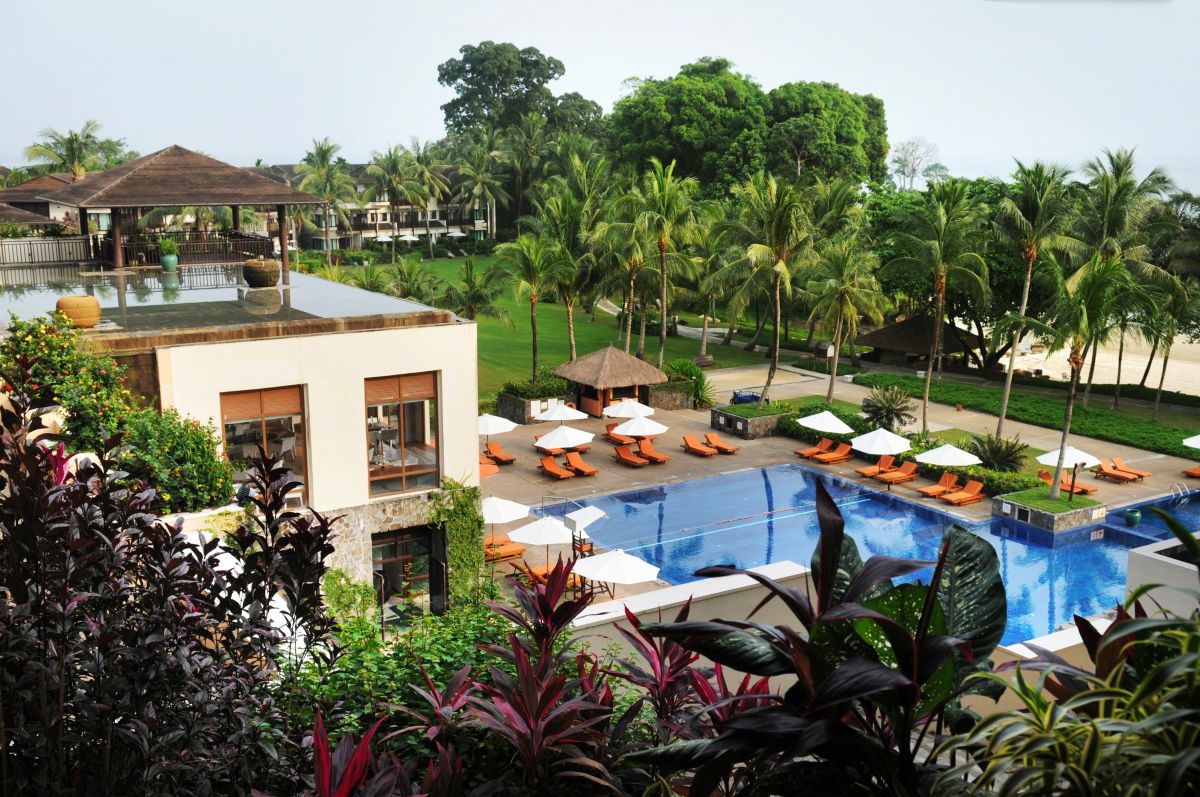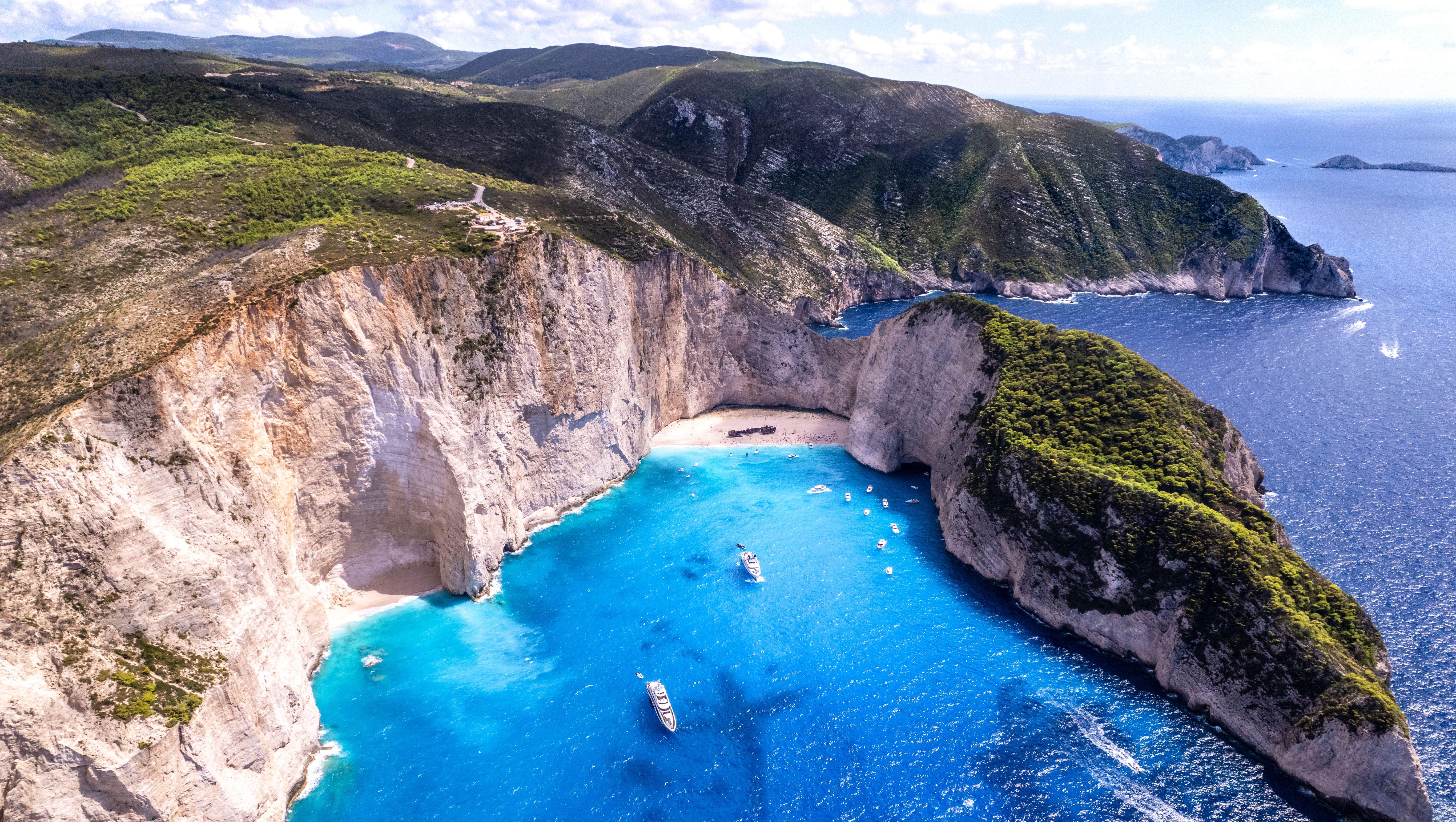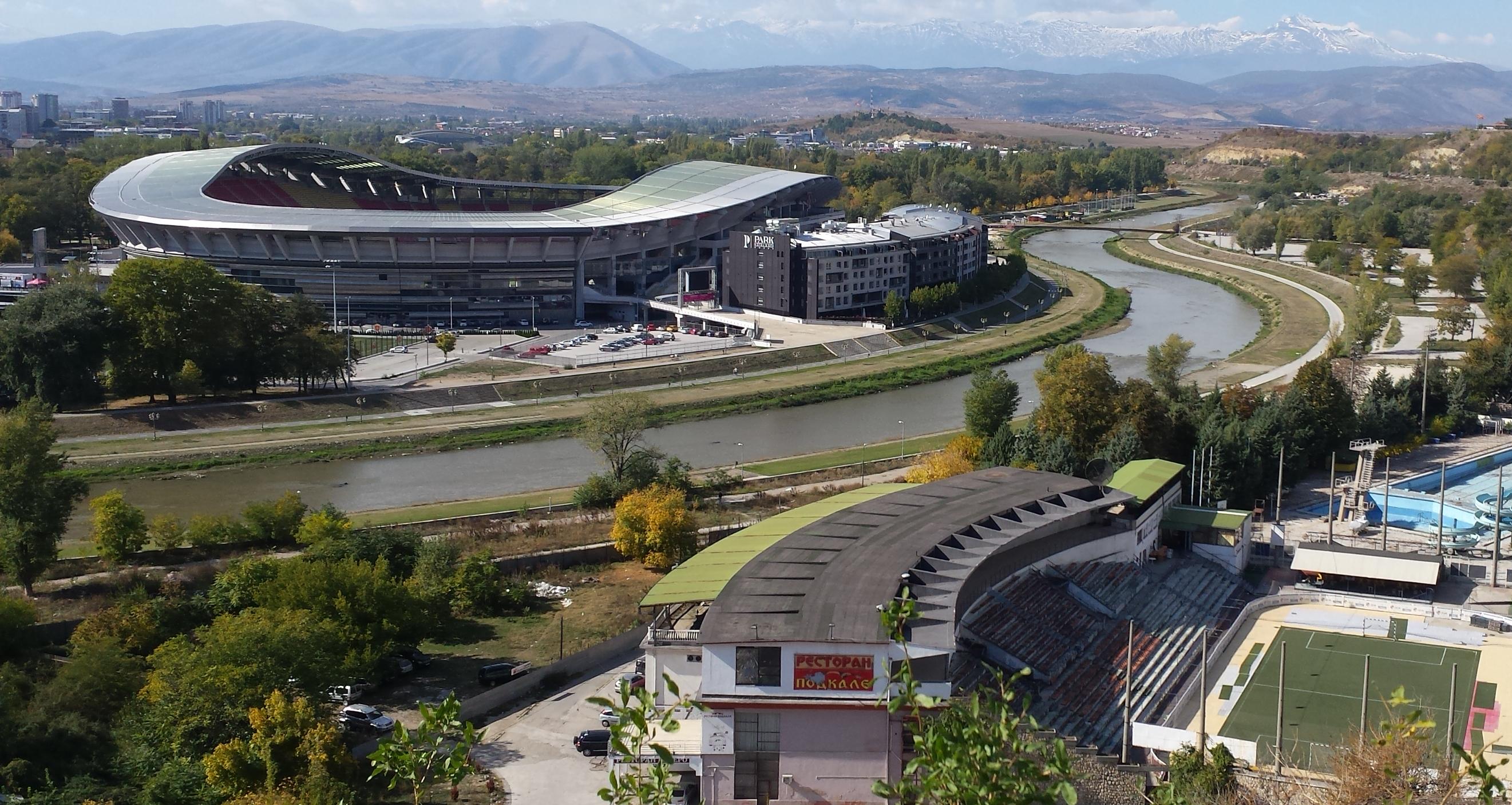13 Sustainable Travel Destinations That Are Thriving Without Overtourism
In a world increasingly dominated by bustling metropolises and overcrowded tourist destinations, there exists a quieter, more serene side to travel and living—one where sustainability and bliss are not just ideals but are actively practiced. This article embarks on a journey to explore 13 hidden gems around the globe that are thriving in sustainability and offer an untouched, crowd-free experience. These places are not just destinations; they are examples of how communities can live in harmony with nature, preserving their cultural heritage while embracing modern eco-friendly practices. As we delve into each of these unique locales, we'll uncover the secrets of their success and the lessons they offer for a more sustainable future. Join us as we navigate through these havens of tranquility and innovation, where the pace of life slows down, and the beauty of the natural world takes center stage.
1. The Enchanting Eco-Village of Findhorn, Scotland
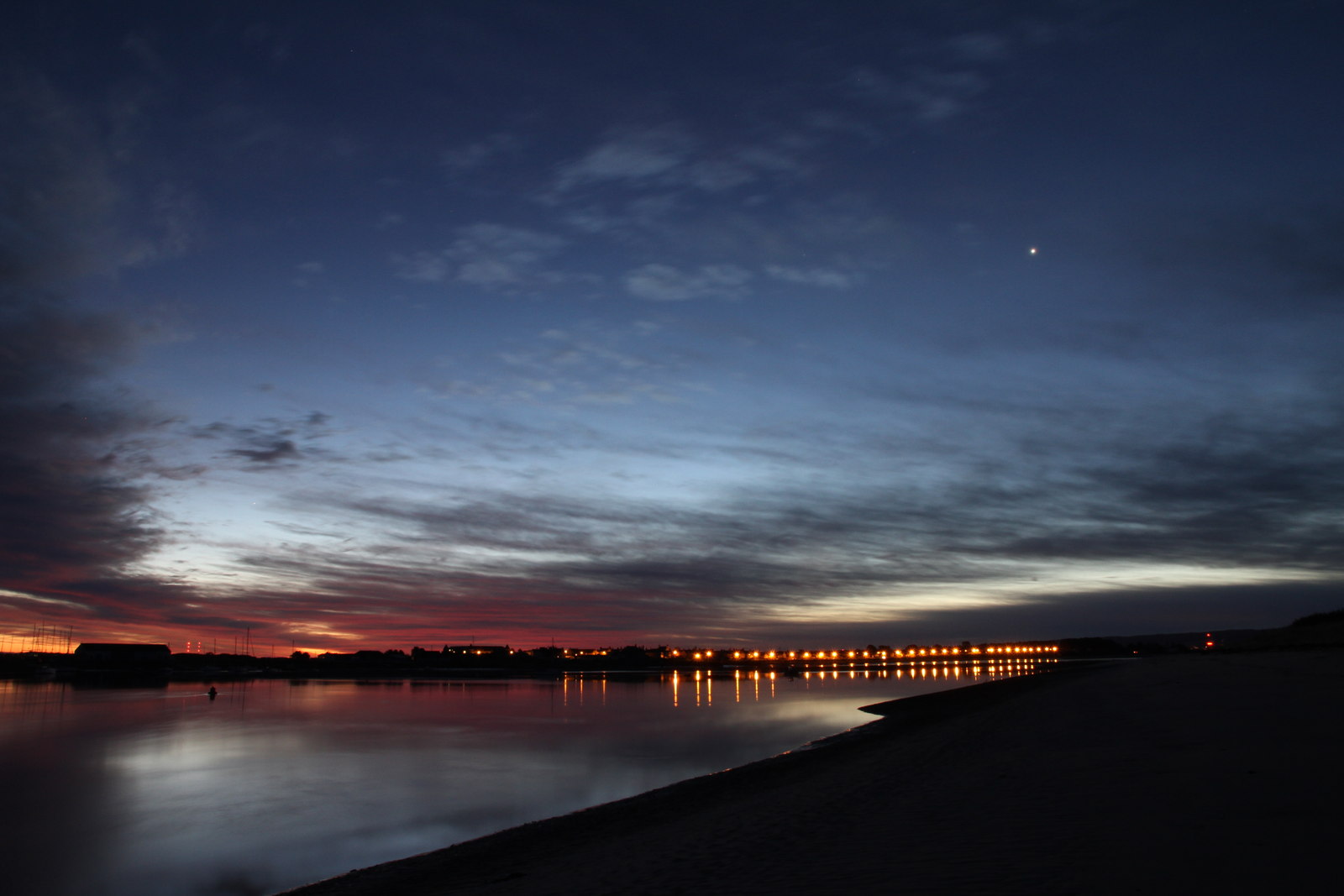
Nestled along the northeast coast of Scotland, the Findhorn Foundation is a beacon of sustainable living. Established in 1962, this eco-village is a model of environmental stewardship and community spirit. Findhorn’s residents have mastered the art of living lightly on the Earth, with initiatives ranging from organic gardening and green building to renewable energy projects. The village’s wind turbines and solar panels contribute to its goal of energy self-sufficiency, while its eco-friendly architecture minimizes environmental impact. Visitors and residents alike are drawn to Findhorn’s commitment to fostering spiritual and personal growth, with workshops and retreats that focus on mindfulness, sustainability, and holistic living. This hidden gem offers a glimpse into a future where communities thrive in harmony with their surroundings, untouched by the chaos of modern life.
2. The Isolated Paradise of Fogo Island, Canada
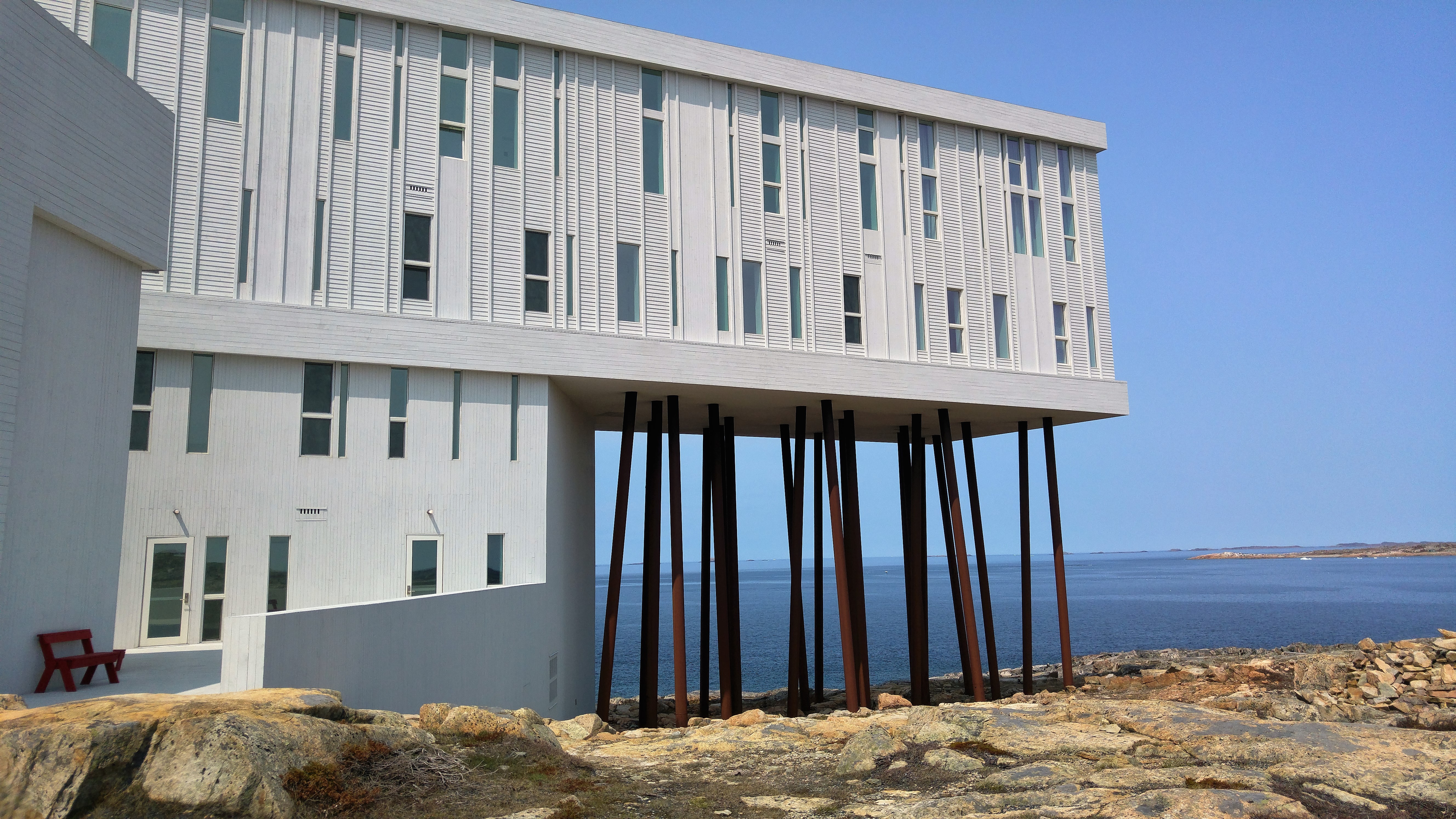
Off the coast of Newfoundland, Fogo Island stands as a testament to the power of cultural preservation and sustainable tourism. This remote island, with its rugged coastline and vibrant arts scene, has become a sanctuary for those seeking solitude and inspiration. The Fogo Island Inn, an architectural marvel, embodies the island’s commitment to sustainability, with its locally sourced materials and eco-friendly design. The inn’s profits are reinvested into the community, supporting local artisans and preserving traditional crafts. Visitors are encouraged to explore the island’s natural beauty, from its hiking trails and wildlife to its rich maritime history. Fogo Island’s approach to tourism—rooted in respect for the environment and local culture—offers a model for sustainable development in remote regions.
3. The Sustainable Splendor of Auroville, India
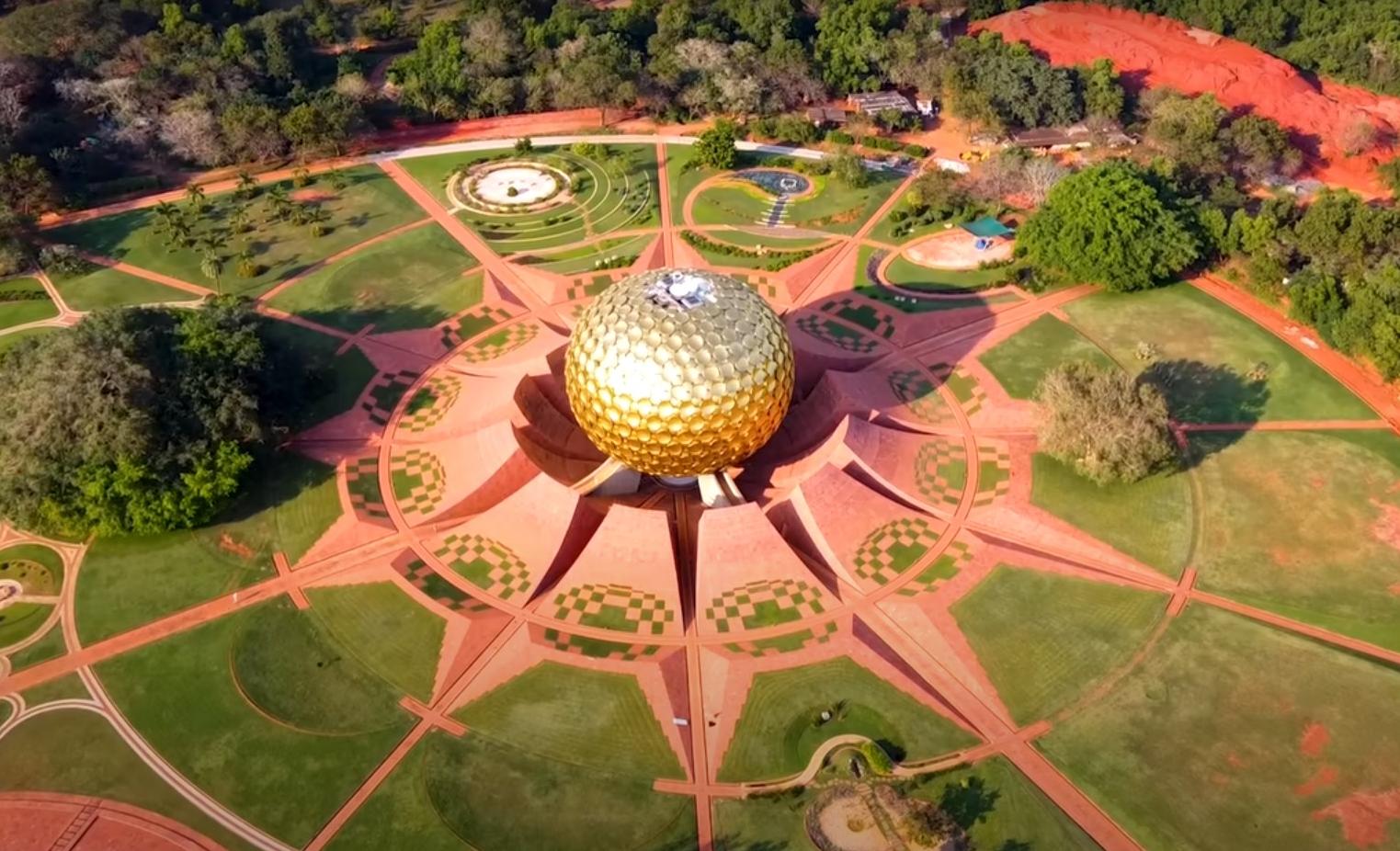
Auroville, an international township in southern India, is a living experiment in human unity and sustainable living. Founded in 1968, Auroville is home to people from over 50 countries, all dedicated to creating a self-sustaining community. The town’s innovative practices in organic farming, renewable energy, and waste management have garnered global attention. Auroville’s architecture reflects its ecological ethos, with buildings designed to minimize energy consumption and maximize natural resources. The community’s commitment to social and environmental justice is evident in its educational programs, which promote awareness and action on global sustainability issues. Auroville is not just a place; it’s a vision of a harmonious future, where diversity and sustainability coexist in perfect balance.
4. The Tranquil Eco-Resort of Chumbe Island, Tanzania
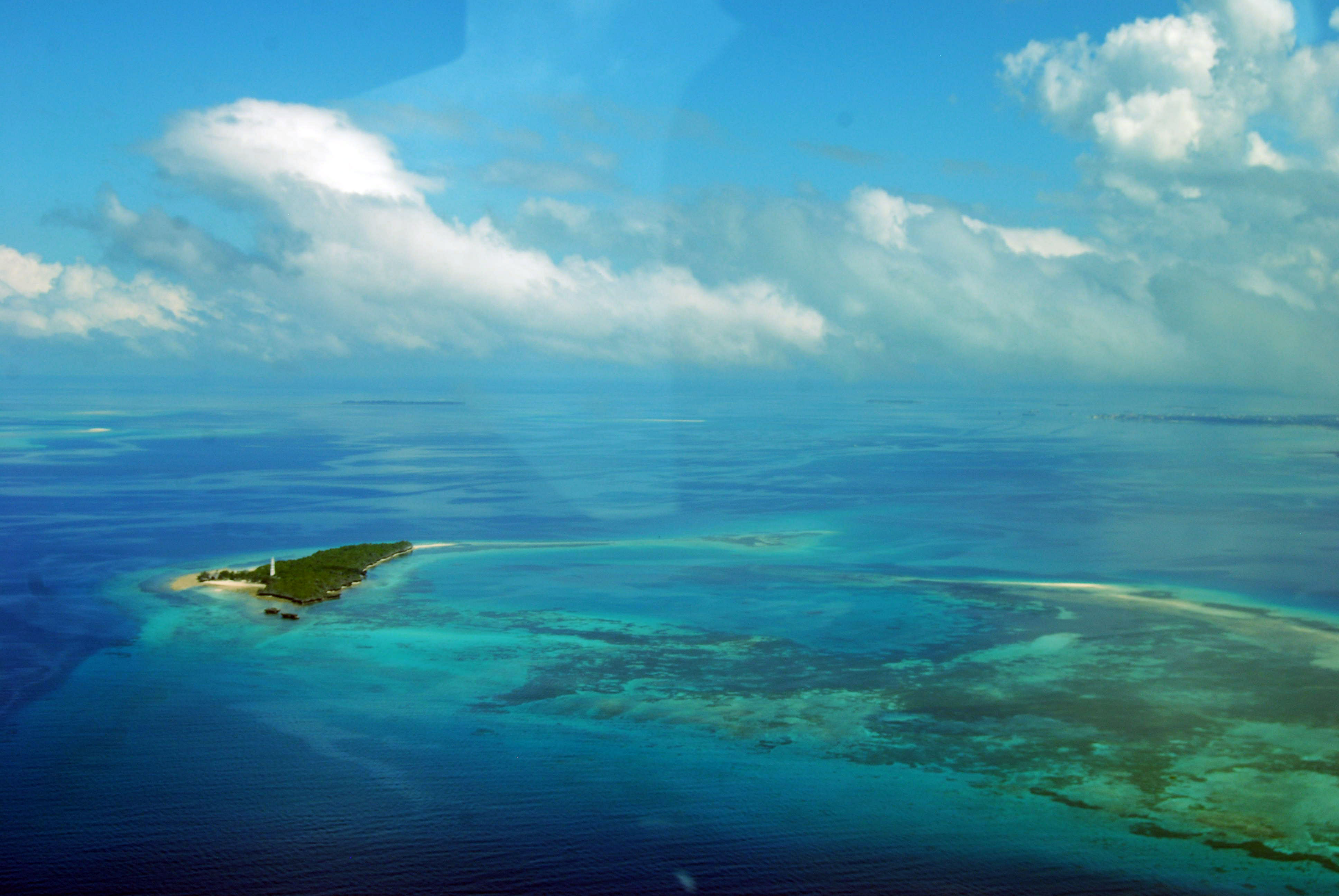
Chumbe Island Coral Park, located off the coast of Zanzibar, is a haven for marine conservation and eco-tourism. This private nature reserve is dedicated to preserving its pristine coral reefs and diverse marine life. The island’s eco-lodge, constructed with sustainable materials and powered by solar energy, offers a unique, low-impact accommodation experience. Guests are invited to explore the island’s natural wonders, from snorkeling in the coral gardens to guided walks through the island’s lush forest. Chumbe Island’s commitment to conservation extends to its educational programs, which engage local communities in protecting their natural heritage. This hidden gem exemplifies how tourism can support environmental preservation while providing an unforgettable, crowd-free experience.
5. The Eco-Conscious Community of Monteverde, Costa Rica
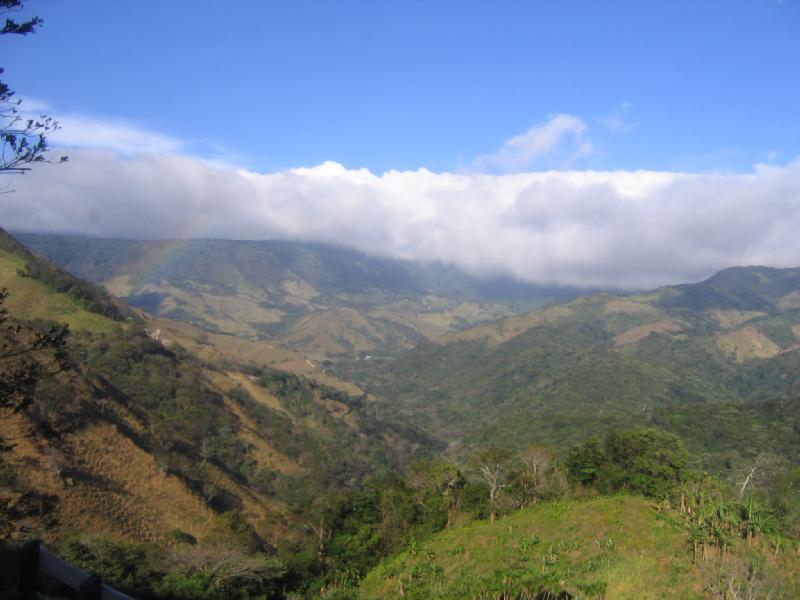
Monteverde, a cloud forest reserve in Costa Rica, is renowned for its biodiversity and commitment to sustainability. This small community has become a model for eco-tourism, attracting visitors with its lush landscapes and diverse wildlife. Monteverde’s residents are deeply committed to preserving their natural environment, with initiatives ranging from reforestation projects to sustainable agriculture. The reserve’s eco-lodges and guided tours provide an immersive experience, allowing visitors to connect with nature while minimizing their environmental impact. Monteverde’s success in balancing tourism and conservation offers valuable lessons for communities worldwide seeking to protect their natural resources while fostering economic growth.
6. The Remote Eco-Haven of Gili Meno, Indonesia
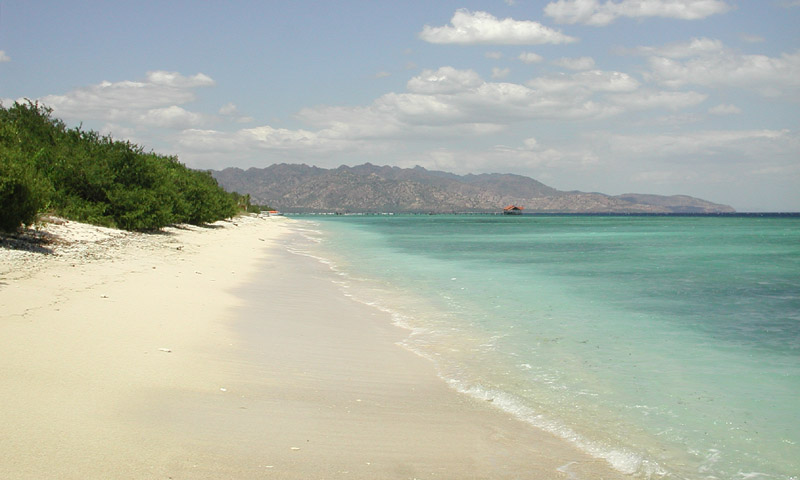
Gili Meno, the smallest of the three Gili Islands in Indonesia, is a tranquil paradise known for its pristine beaches and commitment to sustainability. Unlike its more developed neighbors, Gili Meno has resisted the lure of mass tourism, focusing instead on eco-friendly practices and preserving its natural beauty. The island’s accommodations are predominantly eco-lodges, built with sustainable materials and powered by renewable energy. Visitors can explore the island’s coral reefs, home to a diverse array of marine life, or participate in conservation projects aimed at protecting the island’s delicate ecosystem. Gili Meno’s dedication to sustainability and its serene, uncrowded atmosphere make it a hidden gem for those seeking a peaceful retreat.
7. The Sustainable Sanctuary of Masdar City, UAE

Masdar City, located in the heart of the United Arab Emirates, is a pioneering project in sustainable urban development. This planned city is designed to be carbon-neutral, with energy-efficient buildings and a focus on renewable energy sources. Masdar City’s innovative transportation system, which includes electric vehicles and driverless pods, minimizes its carbon footprint while providing efficient mobility. The city’s research and development initiatives in clean technology and sustainable practices have positioned it as a global leader in environmental innovation. Masdar City’s ambitious vision for a sustainable future offers a blueprint for urban centers worldwide seeking to reduce their environmental impact and enhance quality of life.
8. The Eco-Friendly Enclave of Svaneti, Georgia
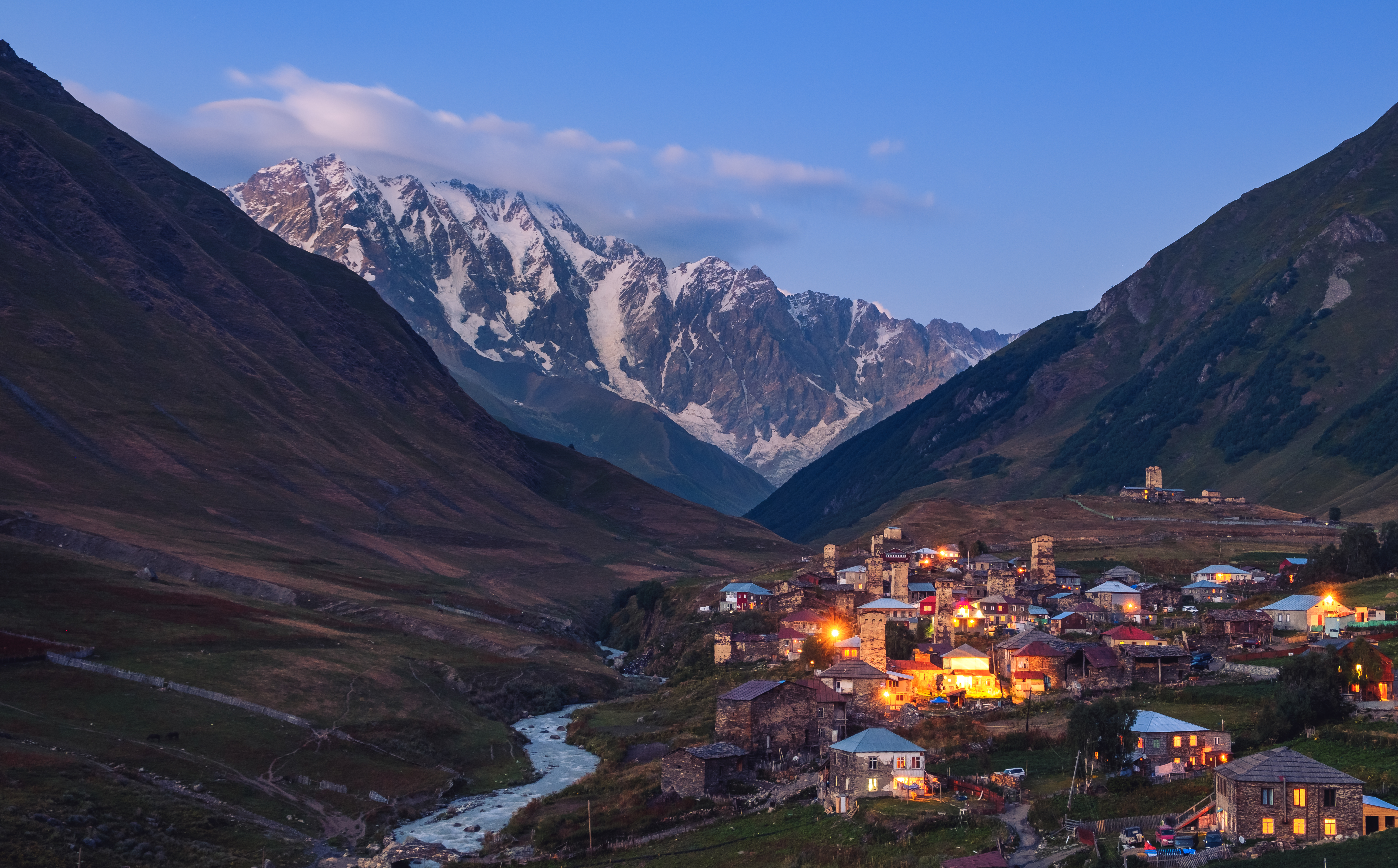
Nestled in the Caucasus Mountains, Svaneti is a remote region of Georgia known for its stunning landscapes and rich cultural heritage. This hidden gem is a model of sustainable tourism, with initiatives aimed at preserving its unique environment and traditions. Svaneti’s eco-lodges and guesthouses, built using traditional methods and local materials, offer visitors an authentic experience while minimizing environmental impact. The region’s commitment to conservation is evident in its protected areas, which provide a sanctuary for diverse flora and fauna. Svaneti’s success in balancing tourism and preservation serves as an inspiration for communities worldwide seeking to protect their cultural and natural heritage.
9. The Idyllic Eco-Community of Damanhur, Italy

Damanhur, located in the foothills of the Italian Alps, is a thriving eco-community known for its artistic expression and sustainable practices. This self-sufficient community is home to residents committed to creating a harmonious relationship with nature. Damanhur’s innovative approach to sustainability includes organic farming, renewable energy projects, and eco-friendly architecture. The community’s artistic endeavors, including its renowned underground temples, reflect its commitment to creativity and cultural preservation. Damanhur’s holistic approach to living offers a model for communities seeking to integrate sustainability with spiritual and artistic growth.
10. The Green Retreat of Samso Island, Denmark
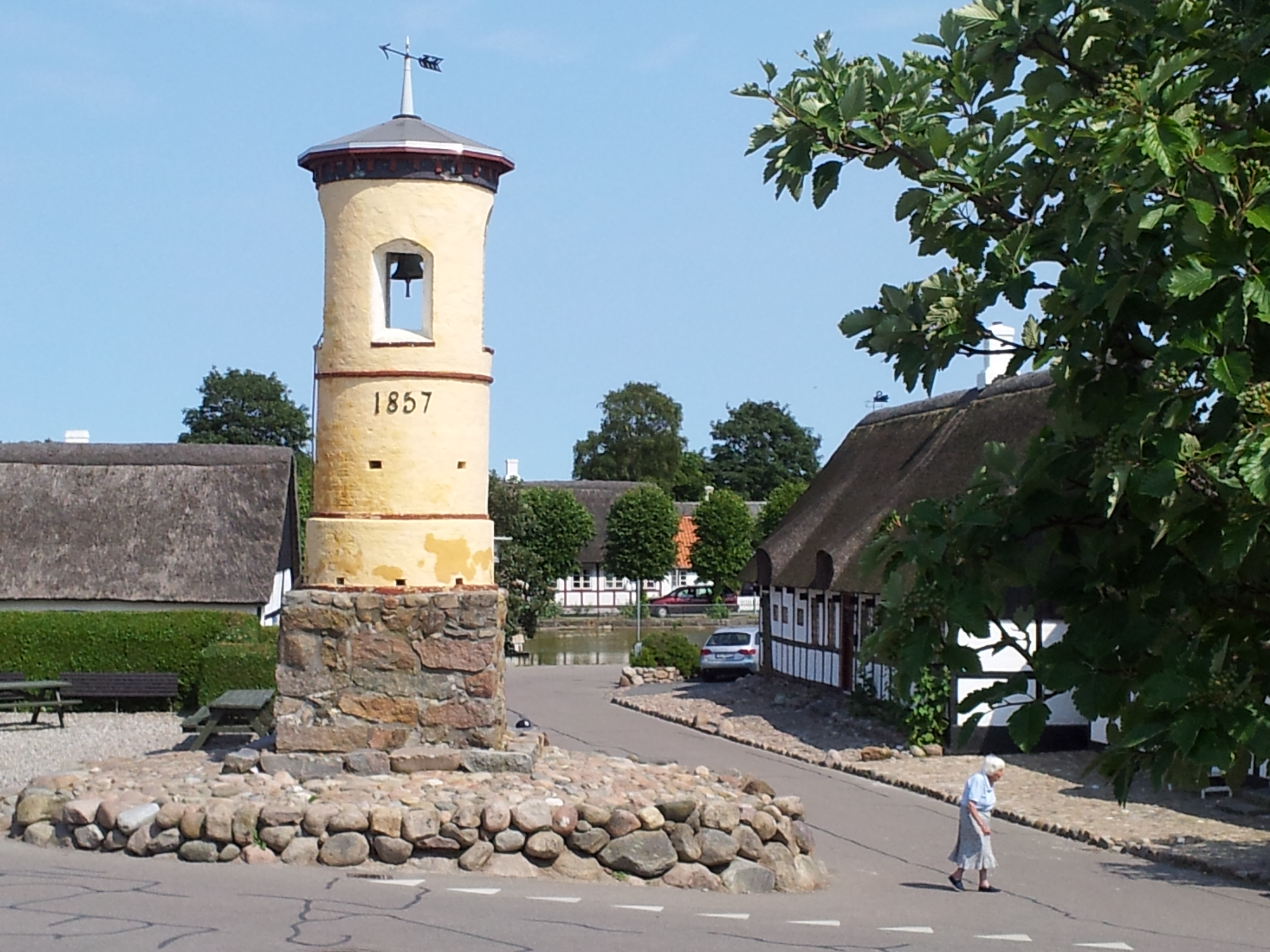
Samso Island, located off the coast of Denmark, is a shining example of renewable energy success. This small island has achieved energy self-sufficiency through its commitment to wind power and sustainable practices. Samso’s wind turbines and solar panels provide clean energy for the island’s residents, while its innovative heating systems reduce reliance on fossil fuels. The island’s commitment to sustainability extends to its agricultural practices, with organic farming and local food production playing a central role in its economy. Samso’s achievements in renewable energy and sustainable living offer valuable lessons for communities worldwide seeking to reduce their carbon footprint and enhance their quality of life.
12. The Eco-Centric Paradise of Tofino, Canada
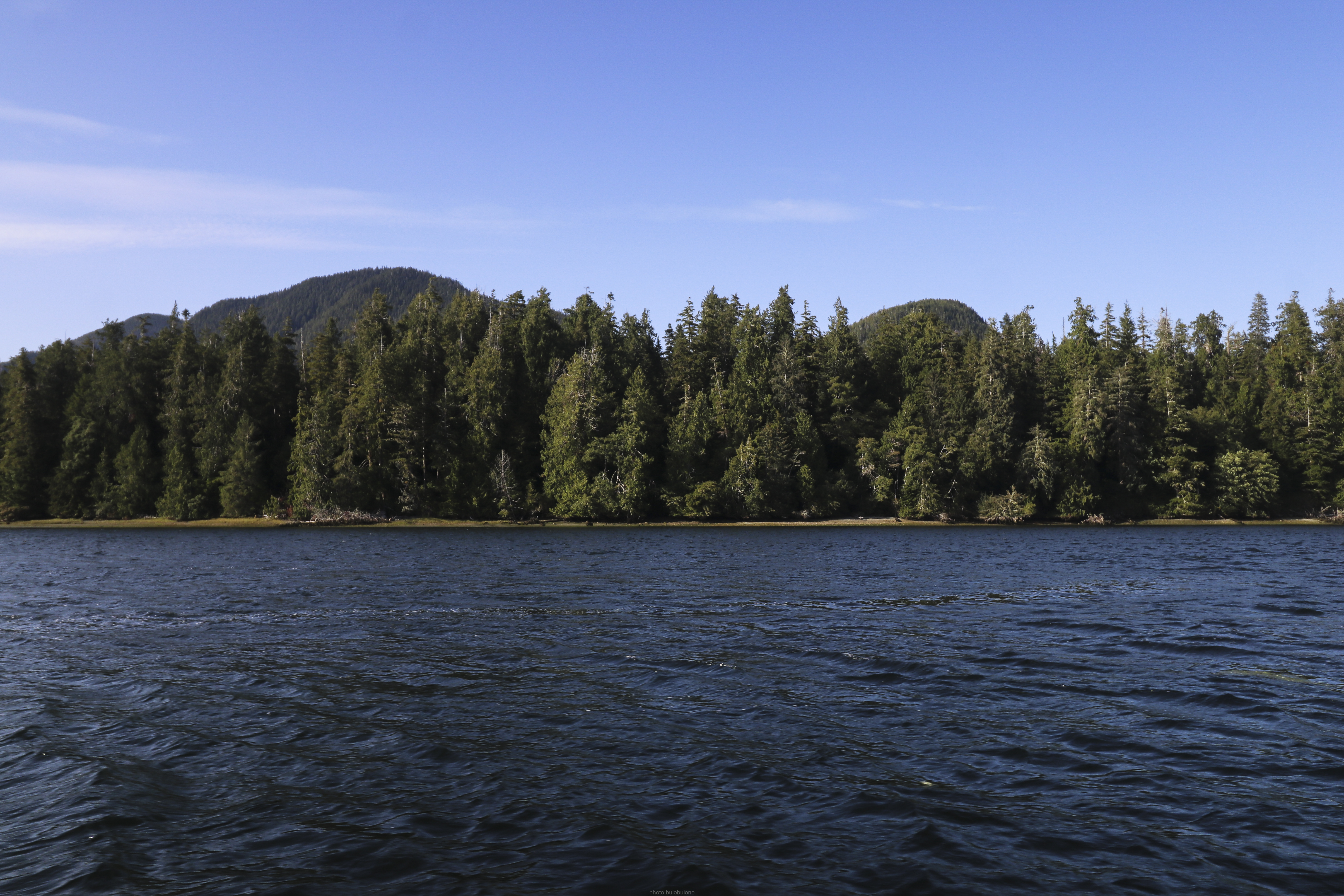
Tofino, a small town on the west coast of Vancouver Island, is a haven for nature lovers and sustainability enthusiasts. This remote community is known for its stunning landscapes, diverse wildlife, and commitment to environmental preservation. Tofino’s eco-friendly accommodations and sustainable tourism initiatives have made it a model for responsible travel. Visitors can explore the area’s natural wonders, from its ancient rainforests and pristine beaches to its vibrant marine life. Tofino’s dedication to sustainability and its untouched beauty make it a hidden gem for those seeking a peaceful, eco-conscious retreat.
13. The Remote Eco-Village of Uros, Peru

The Uros Islands, located on Lake Titicaca in Peru, are a unique example of sustainable living and cultural preservation. These floating islands, made from reeds, are home to the Uros people, who have maintained their traditional way of life for centuries. The Uros community is committed to preserving its cultural heritage while embracing sustainable practices, such as solar energy and eco-friendly tourism. Visitors to the islands can experience the Uros’ unique way of life, from their traditional crafts and fishing practices to their vibrant cultural celebrations. The Uros Islands offer a glimpse into a world where sustainability and cultural preservation go hand in hand.
Embracing a Sustainable Future
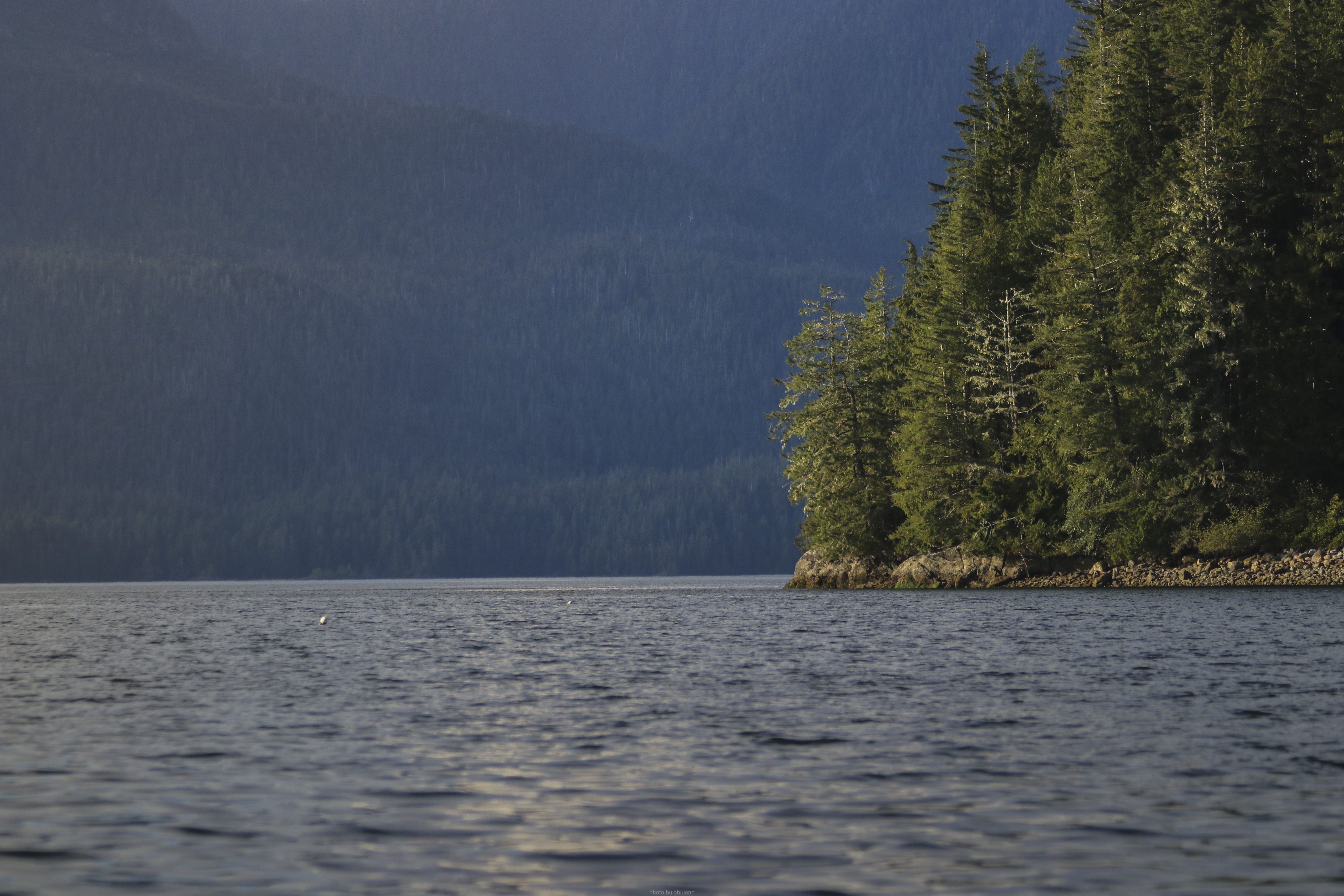
As we conclude our journey through these 13 hidden gems, it becomes clear that sustainability and bliss can thrive in harmony, untouched by the crowds. Each of these unique locales offers valuable lessons in environmental stewardship, cultural preservation, and community spirit. They remind us that a more sustainable future is possible, one where communities can live in harmony with nature while preserving their cultural heritage. As we strive to create a more sustainable world, let us draw inspiration from these hidden gems and work towards a future where sustainability and bliss are not just ideals, but realities.




